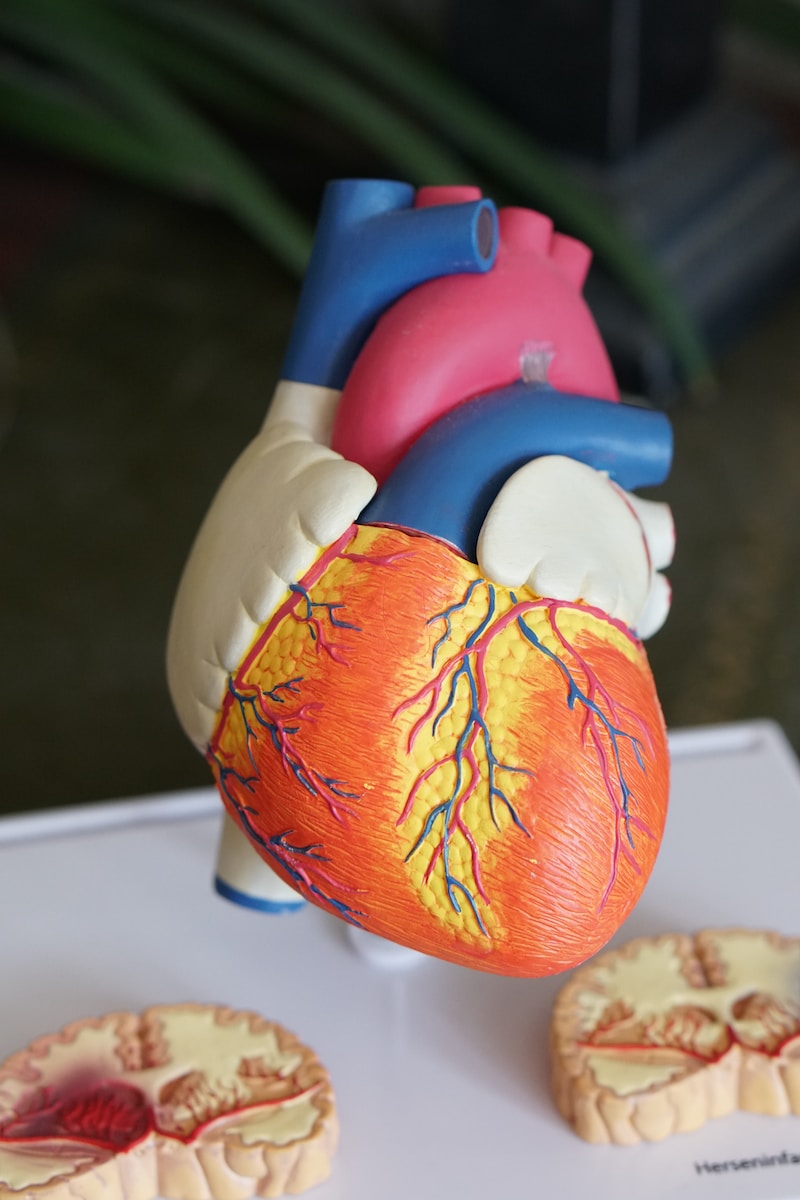![]()
Coronary artery disease (CAD) is a common cardiovascular condition that affects millions of people worldwide. While it can affect both men and women, men often experience unique symptoms that should not be ignored. In this article, we will explore the symptoms of coronary artery disease specifically in men, how to recognize them, and the importance of seeking medical attention promptly.
Introduction
Coronary artery disease occurs when the blood vessels supplying the heart become narrow or blocked due to a buildup of plaque. This restricts blood flow to the heart muscle, leading to various symptoms and potentially serious complications. Men, particularly those over the age of 45, are at a higher risk of developing CAD compared to women. Therefore, it is crucial for men to be aware of the symptoms associated with this condition.
Risk Factors for Coronary Artery Disease
Before diving into the symptoms, it is essential to understand the risk factors that contribute to the development of coronary artery disease in men. These risk factors include age, high blood pressure, high cholesterol levels, smoking, obesity, physical inactivity, family history of heart disease, and diabetes. Men with one or more of these risk factors should be particularly vigilant in recognizing symptoms.
Common Symptoms of Coronary Artery Disease in Men
- Chest pain or discomfort (Angina): Men with CAD often experience a squeezing, pressure-like pain in the chest. This discomfort may radiate to the arms, shoulders, jaw, or back.
- Shortness of breath: Breathlessness, especially during physical exertion, can indicate reduced blood flow to the heart.
- Fatigue and weakness: Men with CAD may feel unusually tired and weak, even after mild physical activity or at rest.
- Nausea and indigestion: Some men may mistake CAD symptoms for indigestion or heartburn, experiencing feelings of nausea or discomfort in the upper abdomen.
- Jaw, neck, or back pain: Unexplained pain in the jaw, neck, or back can be an indication of reduced blood flow to the heart.
- Sweating: Excessive sweating, especially without a clear cause, can be a symptom of CAD in men.
- Dizziness or lightheadedness: Men with CAD may experience episodes of dizziness or feeling lightheaded.
Atypical Symptoms of Coronary Artery Disease in Men
While the symptoms mentioned above are more common, it is important to note that some men may experience atypical symptoms. These symptoms include:
- Silent ischemia: Some men may not experience any noticeable symptoms, a condition known as silent ischemia. Regular check-ups and diagnostic tests are crucial for identifying this form of CAD.
- Erectile dysfunction: In some cases, erectile dysfunction may be an early warning sign of underlying coronary artery disease in men.
- Sleep disturbances: Sleep apnea or other sleep disturbances may be associated with an increased risk of CAD in men.
- Depression and anxiety: Mental health conditions, such as depression and anxiety, can sometimes coexist with coronary artery disease and should not be overlooked.
When to Seek Medical Attention
Recognizing the symptoms of coronary artery disease in men promptly is crucial for early intervention and treatment. If you experience any of the symptoms mentioned, it is important to seek medical attention. Contact your healthcare provider to discuss your symptoms, undergo necessary tests, and receive appropriate guidance. In emergency situations, such as severe chest pain or difficulty breathing, call 911 immediately.
Diagnostic Tests for Coronary Artery Disease
To confirm or rule out coronary artery disease, several diagnostic tests may be recommended. These include:
- Electrocardiogram (ECG/EKG): This test measures the electrical activity of the heart and can help identify abnormal heart rhythms and signs of reduced blood flow.
- Stress tests: These tests evaluate how well the heart performs under stress, typically through exercise or medication-induced stress. They can help identify areas of reduced blood flow to the heart.
- Coronary angiography: This invasive procedure involves injecting a contrast dye into the arteries and taking X-ray images to visualize any blockages or narrowed areas in the coronary arteries.
- Blood tests: Certain blood markers, such as high levels of cholesterol or cardiac enzymes, can indicate the presence of coronary artery disease.
Treatment Options for Coronary Artery Disease
The treatment of coronary artery disease aims to manage symptoms, improve blood flow, and reduce the risk of complications. The recommended treatment options may include:
- Lifestyle changes: Adopting a healthy lifestyle, including a balanced diet, regular exercise, weight management, and stress reduction, is essential for managing CAD.
- Medications: Various medications, such as aspirin, beta-blockers, statins, and nitroglycerin, may be prescribed to control symptoms, lower blood pressure, reduce cholesterol levels, and prevent blood clot formation.
- Angioplasty and stenting: In this procedure, a small balloon is inflated inside the narrowed artery to widen it, and a stent is placed to keep the artery open.
- Coronary artery bypass grafting (CABG): In severe cases of CAD, bypass surgery may be recommended to create new pathways for blood flow, bypassing the blocked or narrowed arteries.
- Cardiac rehabilitation: This program includes supervised exercise, education, and support to help individuals recover from a heart-related event and manage their CAD effectively.
Prevention of Coronary Artery Disease
Prevention plays a vital role in reducing the risk of coronary artery disease. Men can take proactive steps to protect their heart health by:
- Adopting a healthy diet: Emphasize fruits, vegetables, whole grains, lean proteins, and limit the intake of saturated and trans fats, cholesterol, and sodium.
- Regular exercise: Engage in moderate-intensity aerobic exercise for at least 150 minutes per week, combined with strength training exercises.
- Smoking cessation: Quit smoking and avoid exposure to secondhand smoke to significantly reduce the risk of CAD.
- Blood pressure and cholesterol management: Monitor blood pressure and cholesterol levels regularly, and follow healthcare provider recommendations for medications, if needed.
- Stress reduction: Practice stress management techniques, such as mindfulness, deep breathing exercises, or engaging in activities that promote relaxation.
- Regular check-ups: Schedule regular check-ups with your healthcare provider to monitor your overall health, assess risk factors, and catch any potential issues early on.
Conclusion
Recognizing the symptoms of coronary artery disease in men is crucial for timely diagnosis and treatment. Chest pain or discomfort (angina), shortness of breath, fatigue, and other symptoms should never be ignored. By understanding the risk factors, seeking medical attention promptly, and adopting a heart-healthy lifestyle, men can take control of their heart health and reduce the risk of complications associated with coronary artery disease.
FAQs
- Can coronary artery disease occur in young men?
- Yes, while the risk increases with age, coronary artery disease can occur in younger men, especially if they have other risk factors.
- What should I do if I experience chest pain?
- If you experience chest pain, especially if it is severe or accompanied by other symptoms, such as shortness of breath or sweating, seek medical attention immediately.
- Are all men with high cholesterol at risk of coronary artery disease?
- High cholesterol levels increase the risk of coronary artery disease, but other factors, such as family history and lifestyle choices, also play a role. Regular check-ups and overall risk assessment are important.
- Can stress contribute to the development of coronary artery disease?
- Chronic stress can contribute to the development of coronary artery disease by influencing behaviors such as overeating, smoking, or physical inactivity. Managing stress is important for heart health.
- Can coronary artery disease be reversed?
- While coronary artery disease cannot be completely reversed, lifestyle changes, medications, and interventions can help manage the condition, slow its progression, and improve quality of life.



